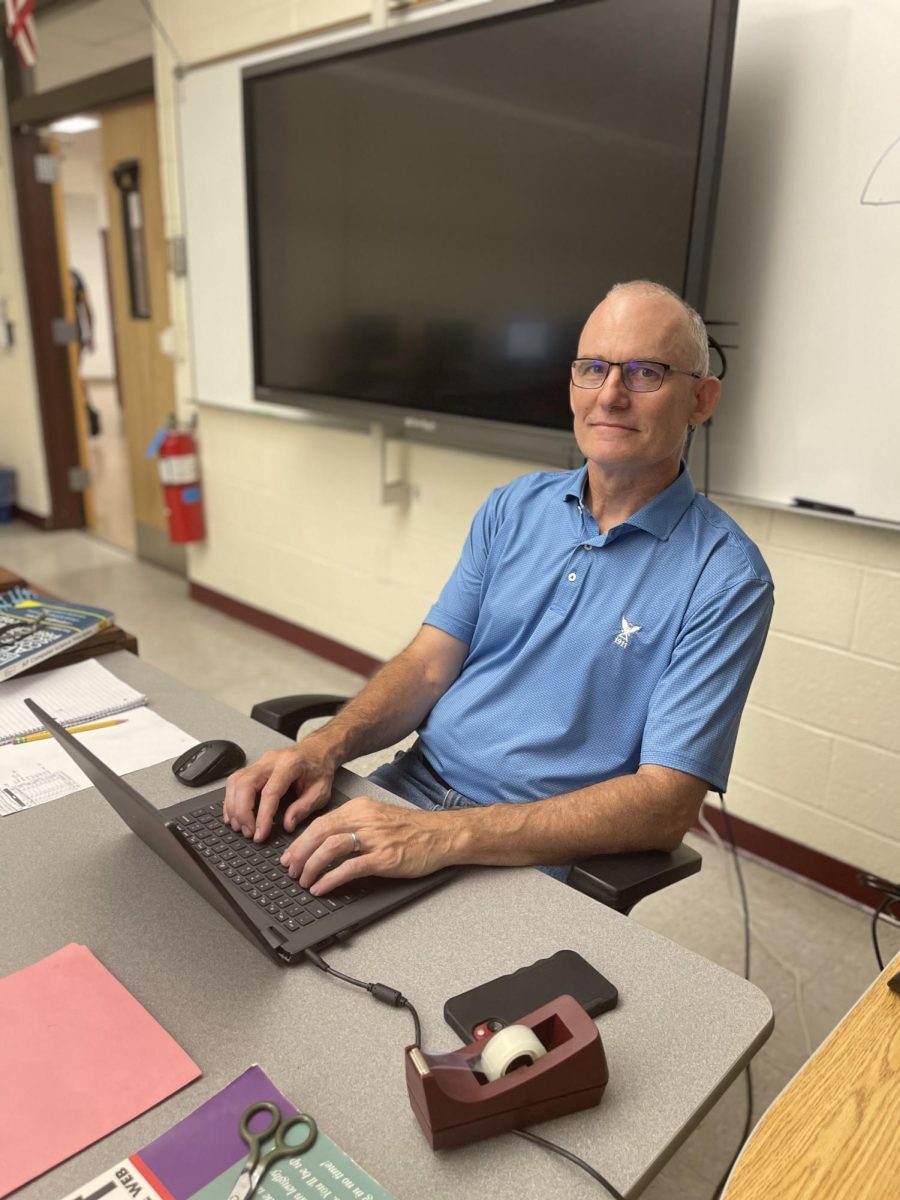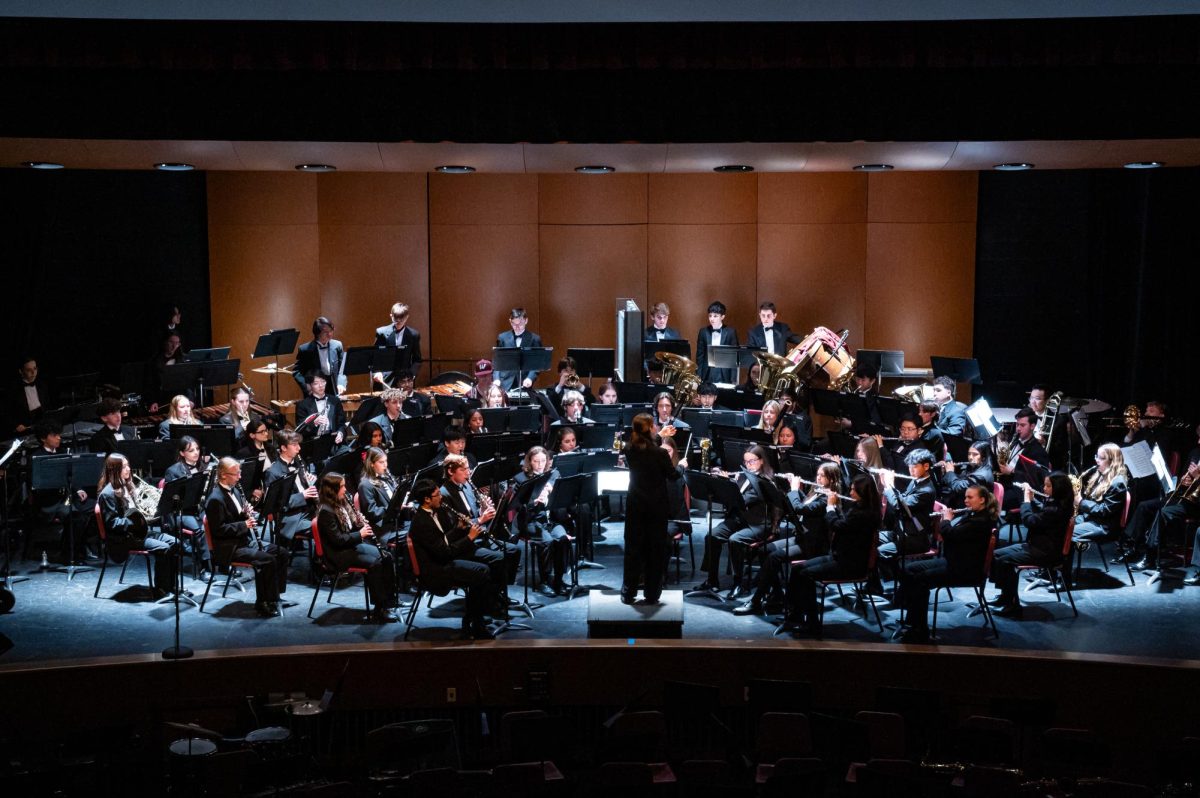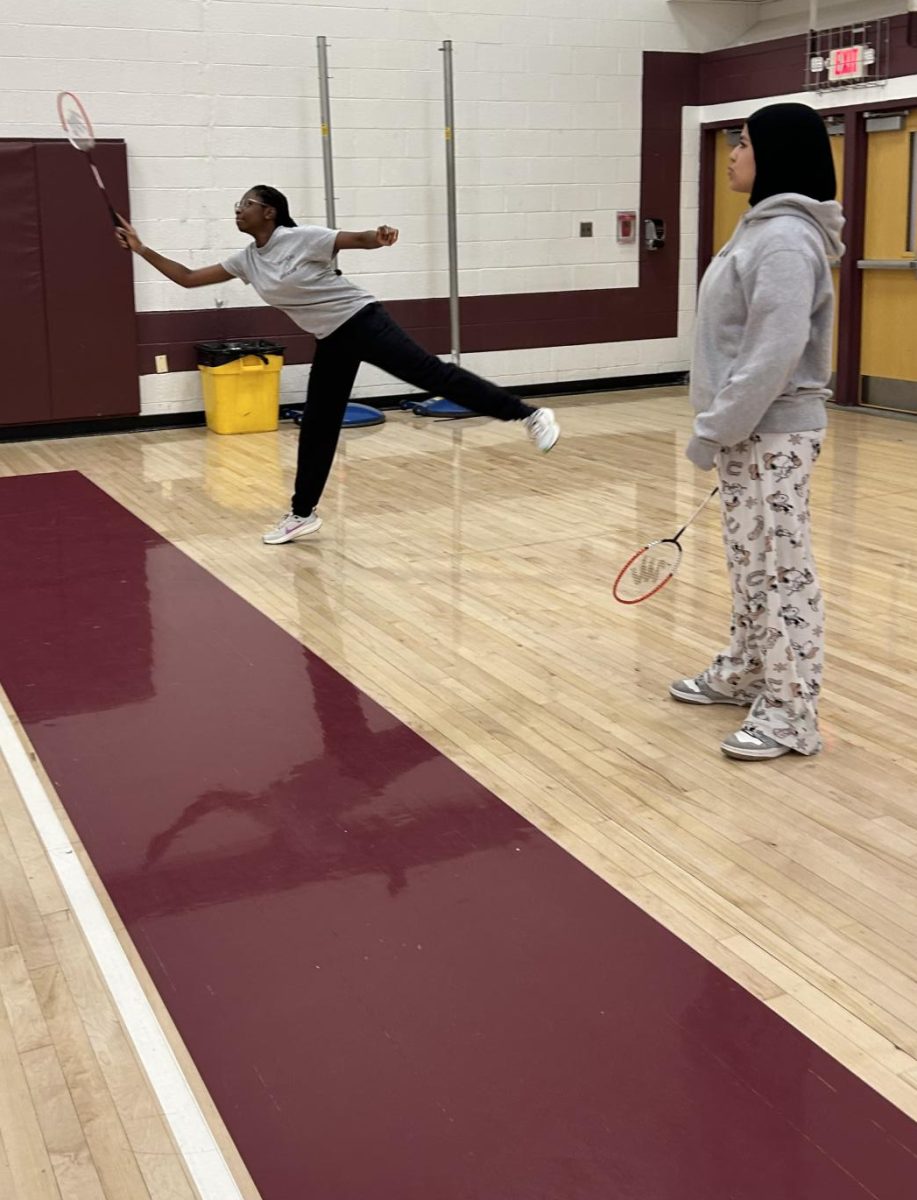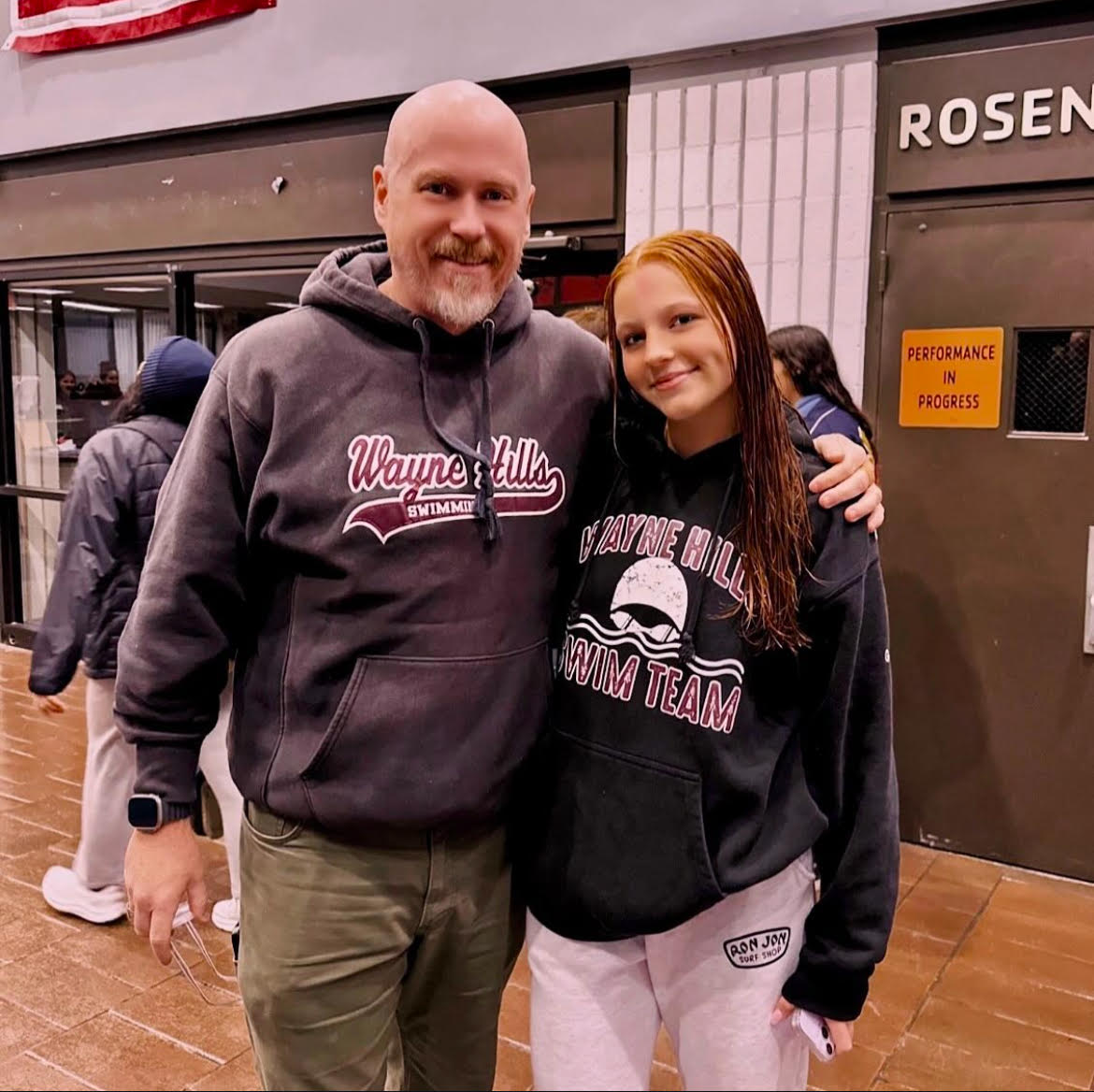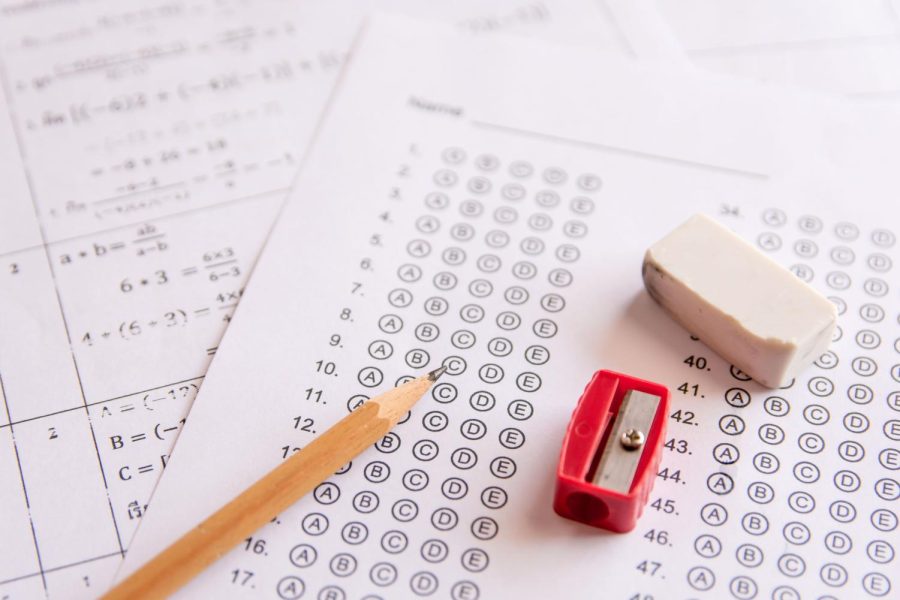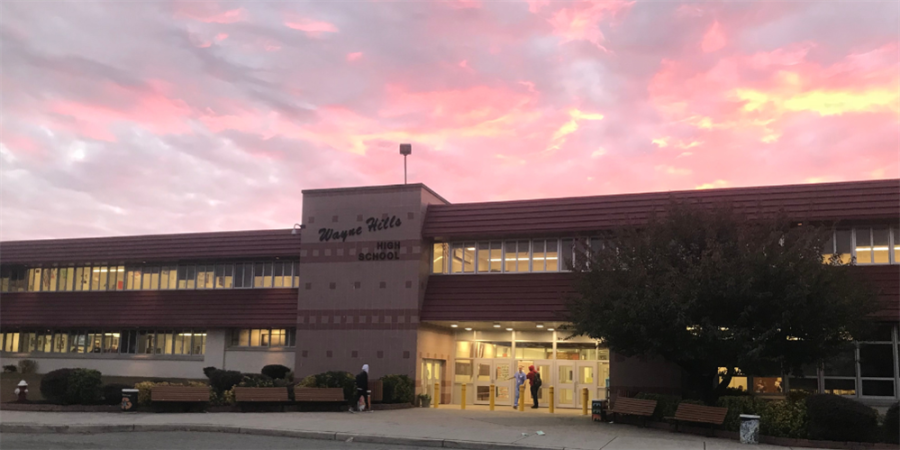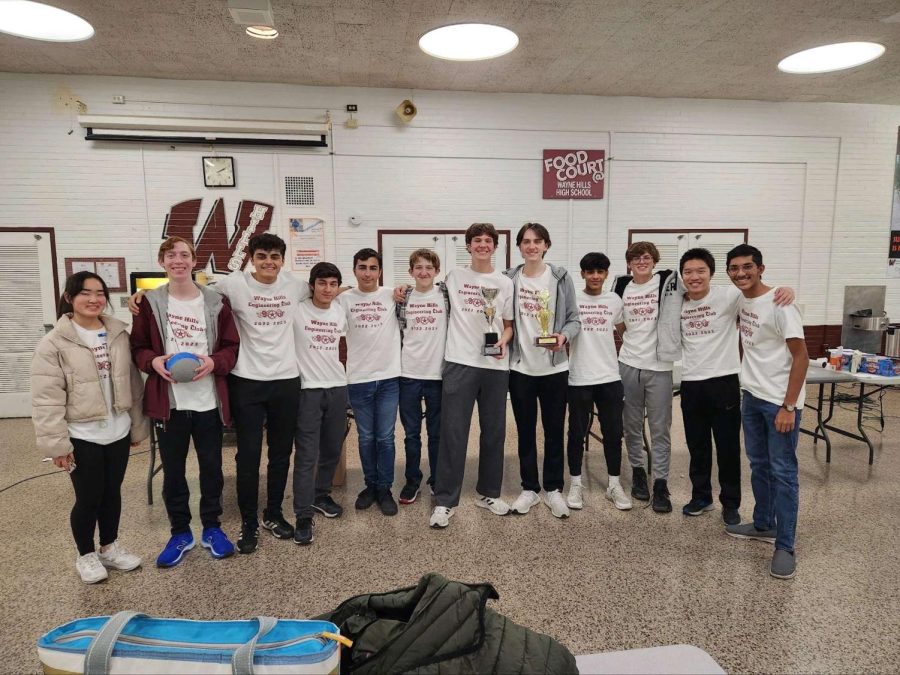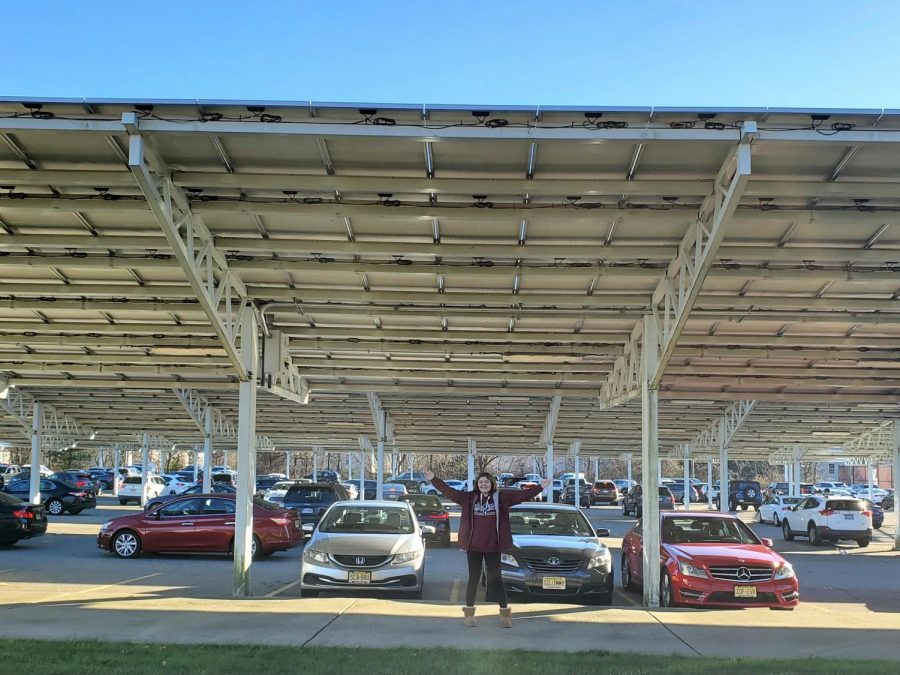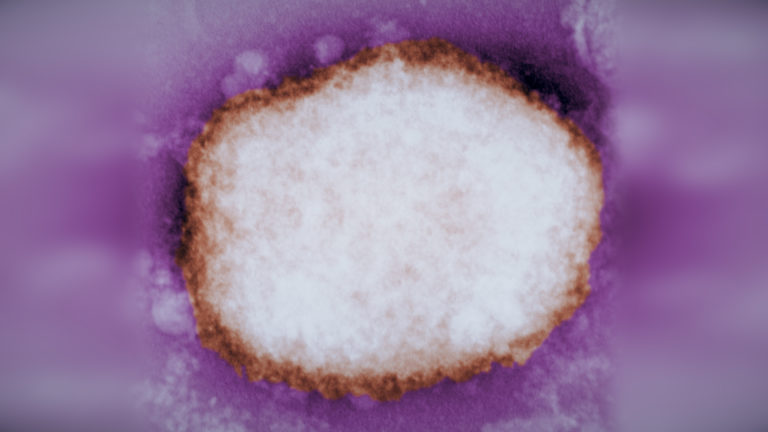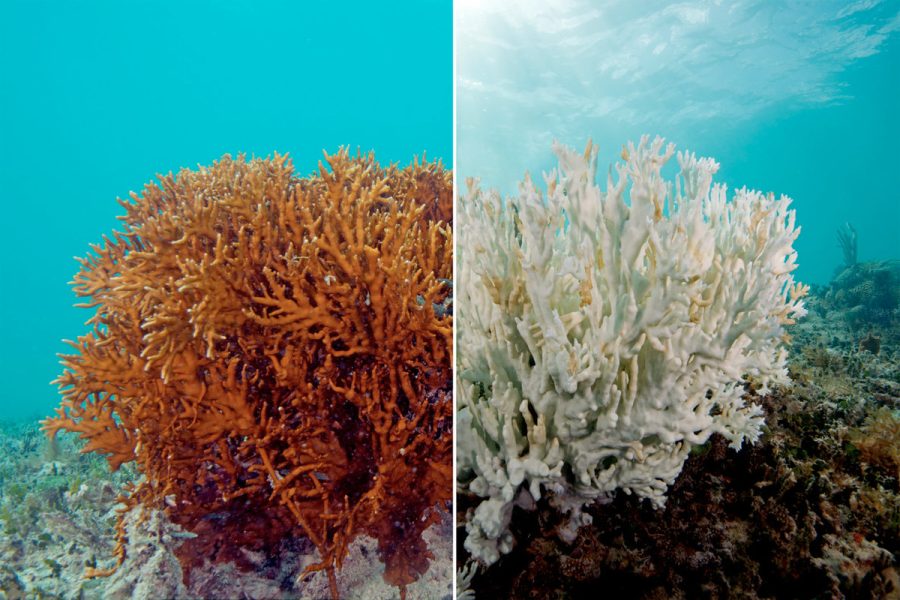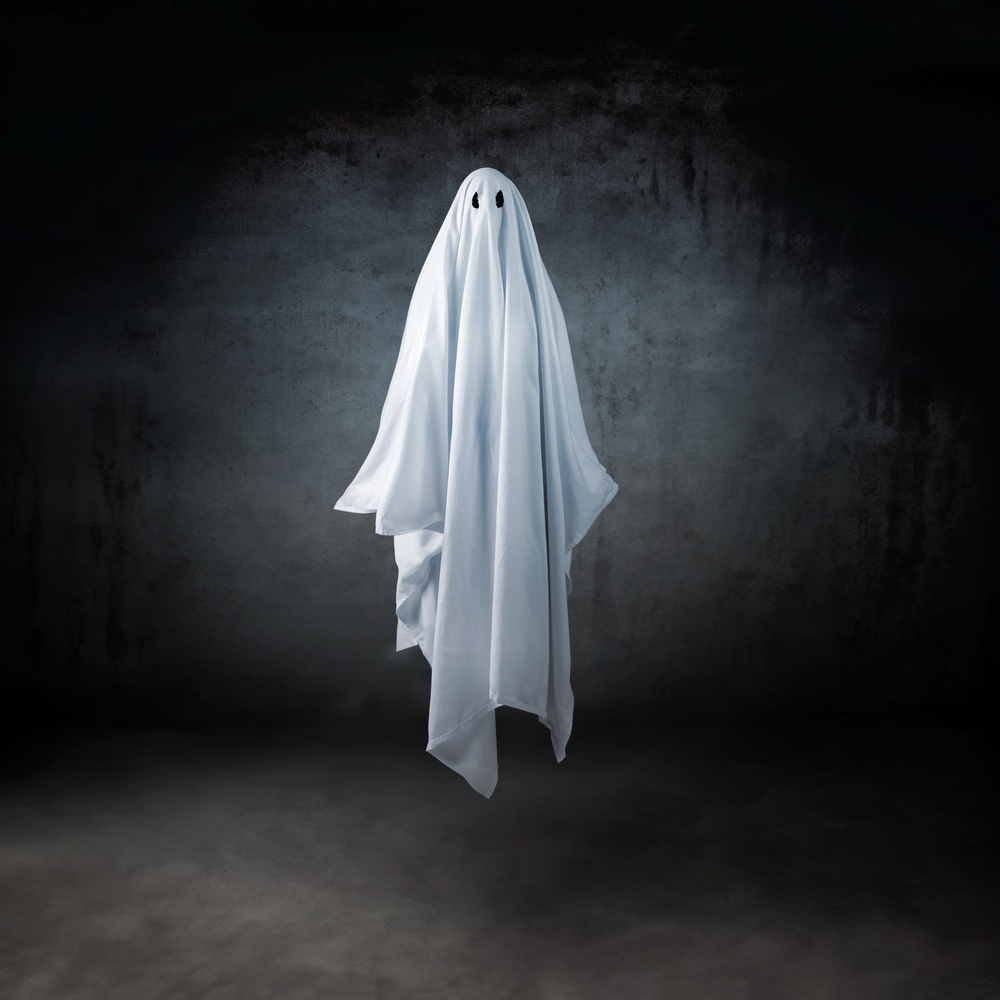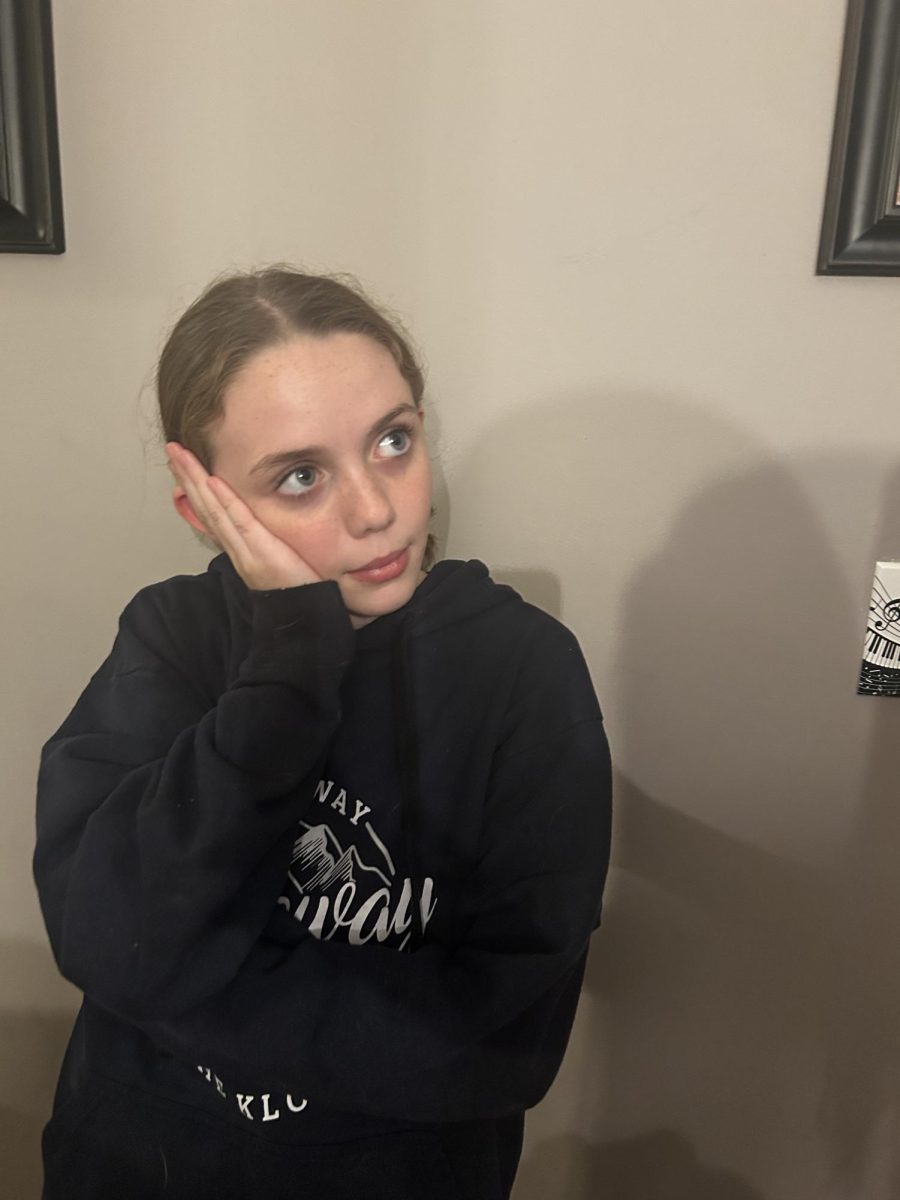The more observations you can make about a mystery or crime scene, the more you ask about the same questions: What happened to the victim, what must have taken place, and what is really missing? There is a class in Wayne Hills High School that can be the answer to these questions as students can see what takes place in order to solve crimes, how to find the piece to a missing puzzle, and how to collect clues to an unsolved mystery. What is forensic science and what is it about?
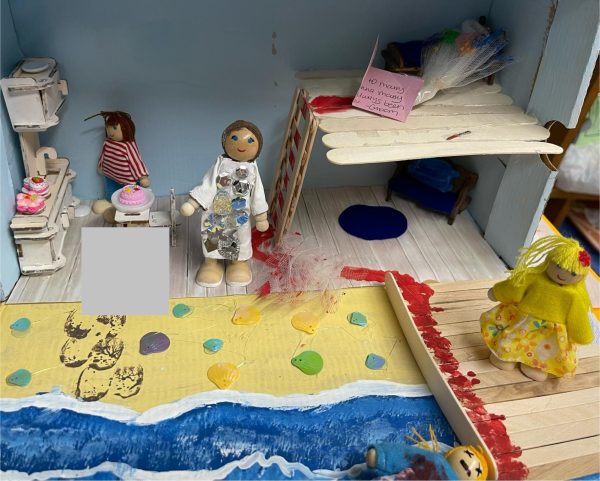
Mrs. McGrath, the forensic science teacher says that “forensic science is the process of using various branches of science in order to solve a crime and figure out what happened to a victim, tracing events prior to when the victim was killed.” Essentially, it is the pieces of a puzzle and the main components in which each piece has to be placed correctly to learn the past and present moments, unraveling the mystery. It provides the structure for processing crime scenes and determining the next steps in investigating the case and understanding the victim’s fate.
Likewise, following the unraveling of a crime scene’s mystery, students in forensic science classes delve into learning various types of evidence collection methods, search patterns, the utilization of DNA, blood splatter analysis, as well as anthropology (bone examination and death investigation techniques).
While the class is a half-year course, the order of the topics can be differentiated depending on what half you take the class in. The structure of the class is teamwork and lab-based with two days of lecture and 3-5 days to complete the lab afterwards. Following on that, even though many students usually take this class for a fun and engaging experience, others can also choose the class based on their career choice for the future such as fields in law, criminal justice, CSI (Crime Scene Investigators), detectives, lab analysts, forensic anthropologists, etc. as it serves as an introduction for these differing branches.
In the class, there are case discussions that can be informative and based on real events where students conduct case studies by analyzing and assembling different pieces of evidence. Additionally, activities may consist of listening to podcasts, timeline creations based on real activities, and even a crime board which will be created at the end of the year. Skills that are used and can be obtained throughout the class can be deductive reasoning skills, mystery solving, observational studies, and special techniques.
In the labs, there can be different precautions or tools that may need to be used depending on the circumstances of the lab. Some labs are the evidence packaging and blood drop lab (using the height and measurements). Other tools and activities in the labs can include measuring bones, fingerprinting, using micropipettes, etc. A fun project that many students enjoy is the project where they construct crime boxes displaying their own stories, evidence, scenes, and their own constructions. Moreover, maturity level is also an aspect in the class as there can be sensitive cases about assault and different murders.
Ultimately, thes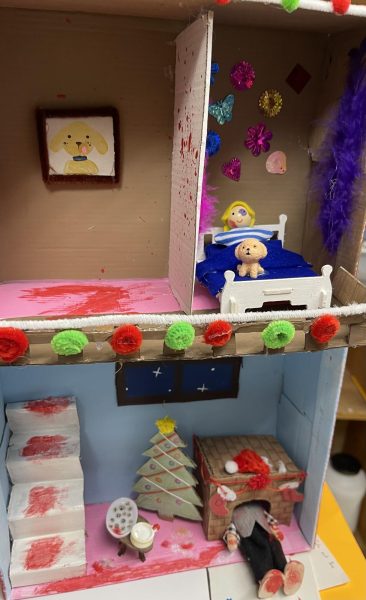 e are some opinions of the students who are taking forensic science. Julia Sandler says, “I like this class because I think it’s very original and you learn about what goes on behind the scenes and conduct different case studies. I just think it’s really interesting and I feel like there’s a lot of opportunities.” Aliyah Servidio shares “I really liked the subject of science which is why I ended up liking forensics because of how there are more fun elements to it like the blood dropping and DNA labs.” Lastly, Zachary Gray viewed forensics as “…very interesting because it was always easy to understand and really informational. There was a lot of free thinking involved and forensics allowed for different interpretations of materials and context clues. There was also a lot of collaboration which made the class more engaging and inclusive.”
e are some opinions of the students who are taking forensic science. Julia Sandler says, “I like this class because I think it’s very original and you learn about what goes on behind the scenes and conduct different case studies. I just think it’s really interesting and I feel like there’s a lot of opportunities.” Aliyah Servidio shares “I really liked the subject of science which is why I ended up liking forensics because of how there are more fun elements to it like the blood dropping and DNA labs.” Lastly, Zachary Gray viewed forensics as “…very interesting because it was always easy to understand and really informational. There was a lot of free thinking involved and forensics allowed for different interpretations of materials and context clues. There was also a lot of collaboration which made the class more engaging and inclusive.”
Overall, the more observations you can make about a certain event or circumstance, the more you can learn about how it must have taken place and the clearer the picture becomes of how it unfolded by using forensic science, whether through detailed investigation in the class or other analytical methods. Forensic science allows students to uncover the secrets of crime-solving, piece together puzzles, and gather clues to mysteries. It is an informative class that is not only fun for students but also fascinating for them to be involved in.


